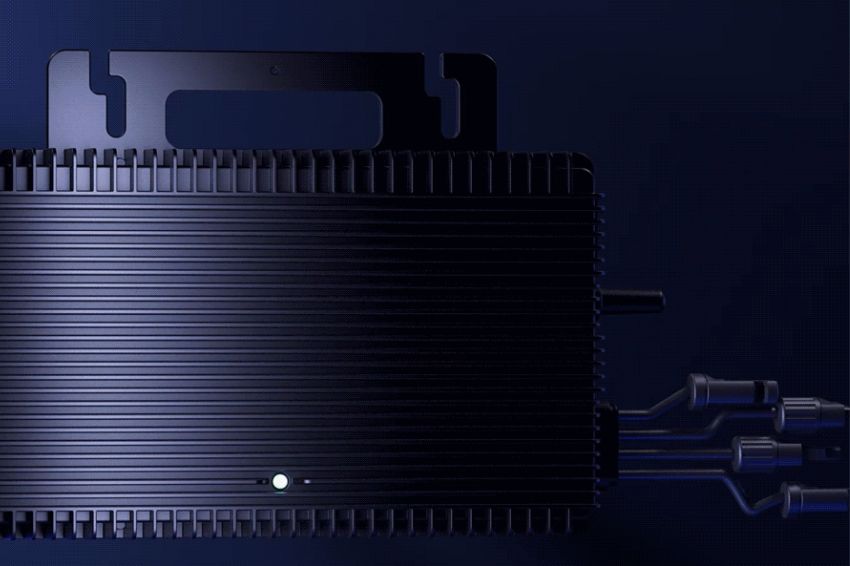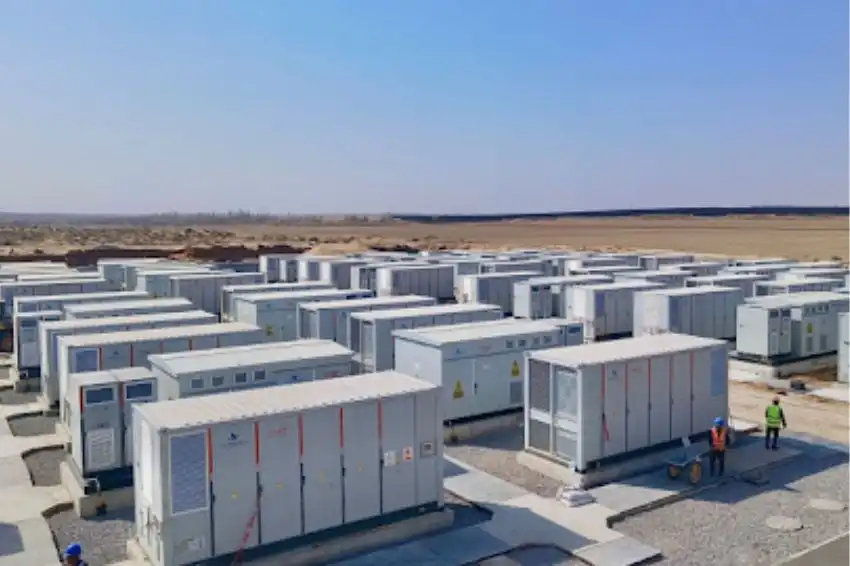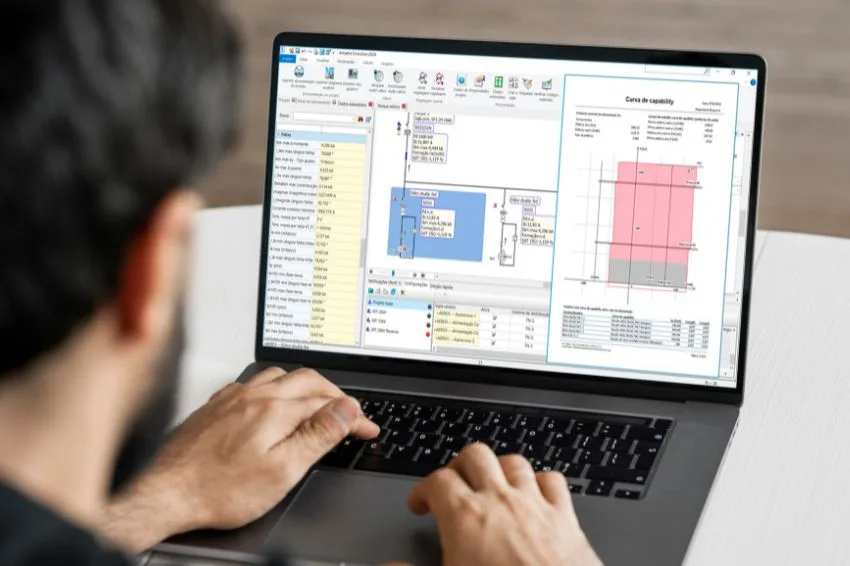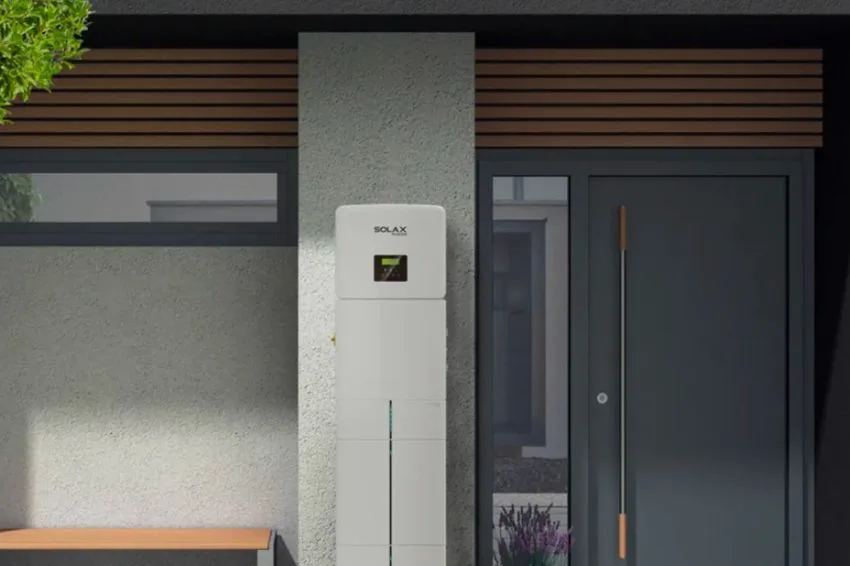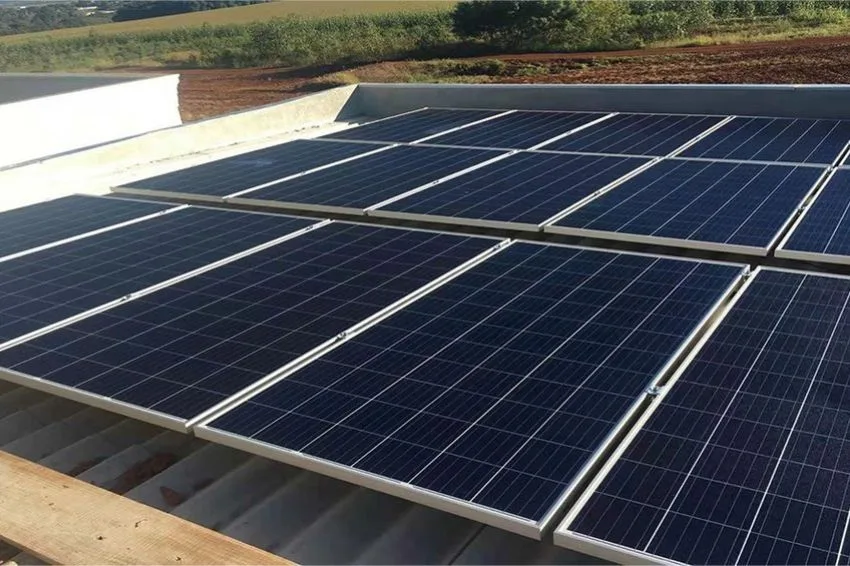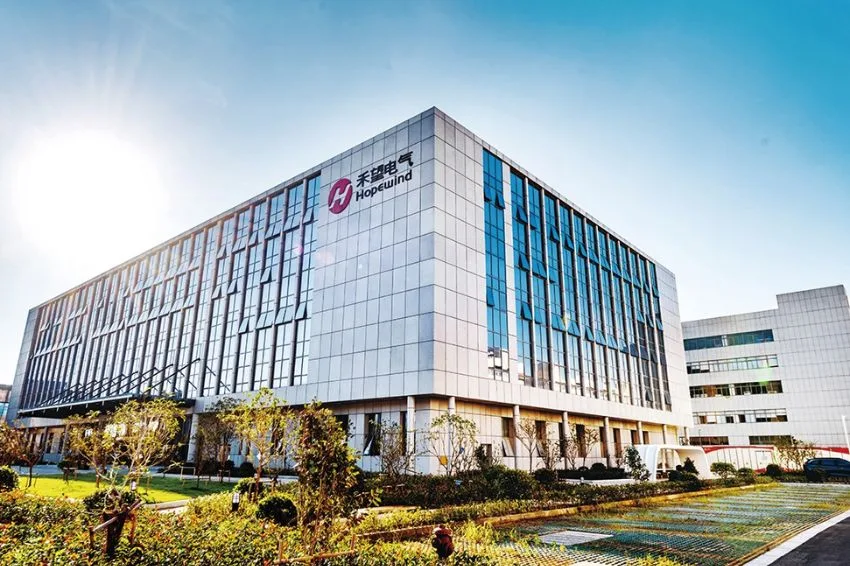To get the most energy from your microinverter solar power system, you need to know what's going on inside it.
What is the energy conversion efficiency? Are there any technical issues you should be aware of? Are there ways to adjust it to optimize this energy conversion?
To answer these questions and maximize the return on investment from the solar energy installation, the microinverter connects to a solar energy monitoring system, where you can monitor, manage and troubleshoot your installation.
A microinverter can communicate with the solar energy monitoring system in two ways: via an independent communication gateway or a Wi-Fi module integrated into the microinverter, which connects directly to the internet.
But how exactly does it work? Why choose a microinverter with built-in Wi-Fi over one with a standalone communication gateway?
Let's explore the answer to these questions and how to find the best microinverter with built-in Wi-Fi.
How do microinverters communicate with solar energy monitoring systems?
We already know that microinverters need to efficiently connect to solar energy monitoring systems. Let us now explore the two ways in which different types of microinverters can establish this connection.
Communication gateways
Typically, a microinverter needs a communication gateway to collect solar energy data and transmit it to the monitoring system. That gateway is essentially a center that connects the microinverter with the cloud.
At Hoymiles, we call our gateway a “data transfer unit” or “DTU”. It is designed to gather all the useful, real-time data needed to know about the microinverter's operation and detect possible faults.
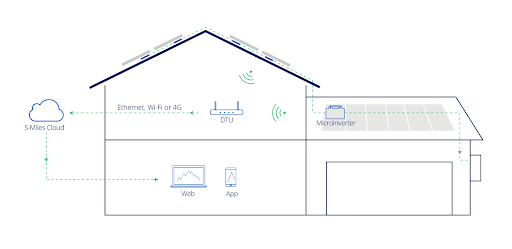
The most important characteristic of a DTU is its stability; You need to know if your gateway is reliable, consistently collecting data and transmitting it over the internet to your solar energy monitoring system.
This way, you can make data-driven decisions that maximize the return on investment from your solar energy system, knowing that all data is up to date.
A communication gateway can connect to the microinverter in two different ways:
- Via wireless network, such as 2.4G and Sub-1G (adopted by Hoymiles);
- Via power line communication (or PLC), where data is transferred over existing power lines.
Microinverter with integrated Wi-Fi
A standard DTU has the capacity for dozens of microinverters (depending on installation conditions). So if you only have one or two microinverters, you still have a lot of capacity available, which means you'd be wasting money on capacity you're not using.
That's why, for smaller solar power systems, microinverters with built-in Wi-Fi can be a more efficient option. These microinverters have a built-in Wi-Fi module that connects directly to the router instead of using a gateway.
It is a good alternative to save costs in smaller solar energy systems, in which only a few microinverters will be used.
What makes a microinverter with built-in Wi-Fi reliable?
Building a microinverter with built-in Wi-Fi is technically challenging. And, taking into account that a failure could mean the loss of your data, the manufacturer needs to go further: the microinverter must be built to the highest standards, the materials used must be highly reliable and it must have an intelligent and durable circuit design .
When looking for a microinverter with built-in Wi-Fi, be sure to consider:
- Temperature resistance: The internal temperature of a microinverter can reach 95°C, which is problematic as most Wi-Fi modules begin to fail at 85°C. If you want your connection to be heat resistant, make sure your microinverter has a Wi-Fi module designed to withstand higher temperatures. The newly launched Hoymiles DW Series Wi-Fi Integrated Microinverters are the first of their kind to incorporate industrial-grade Wi-Fi modules designed to withstand temperatures up to 105°C. Therefore, you will have complete peace of mind;
- Weather resistance: Some microinverters with built-in Wi-Fi come with an external antenna that needs to be glued in place during solar power system installation. However, microinverters are typically placed outdoors, which means that the glue (or other adhesive) that holds the antenna in place can begin to crack over time, making the microinverter more vulnerable to water damage. Even the smallest crack can compromise the entire system. Instead, look for a microinverter that comes with the antenna already attached. This way you won't have to worry about leaks damaging the connection. A module with an integrated antenna is also simpler to install. This way, the system will be in operation much faster. This is how DW Hoymiles microinverters are: manufactured in a single piece, IP67 rated to withstand any adverse weather conditions;
-
- Connection strength: The quality of the Wi-Fi module can have a huge impact on the stability of the connection. Therefore, look for a manufacturer that invests in better and more robust modules. The DW Hoymiles microinverter Wi-Fi module provides a reliable connection to your cell phone and the internet, making remote monitoring and data checking easier and more reliable than ever. In short, data will never be lost;
- Compatibility: Different Wi-Fi modules are compatible with different types of routers. Therefore, remember to choose a microinverter that is compatible with several routers, which makes it much easier to configure and operate the connection. Hoymiles has done extensive testing and the DW microinverter always works well.
How do you know if a microinverter with built-in Wi-Fi is suitable? How to choose between a communication gateway and integrated Wi-Fi? You need to take the points below into consideration.
The size of the installation
If you are building a smaller home solar power system that requires just a few microinverters, using microinverters with built-in Wi-Fi will definitely be the most cost-effective solution.
Using built-in Wi-Fi also makes smaller solar power systems much simpler to install. Standalone gateways need to be installed indoors after the rest of the installation is complete, but microinverters with built-in Wi-Fi do not have this extra component. Everything is installed on the roof, without the need to install a gateway inside the building.
However, if you need to install a large-scale system that uses many microinverters, a standalone gateway will likely be the most efficient and cost-effective solution.
A standalone gateway has a large monitoring area, so it will be able to transfer data from a large number of microinverters without becoming overloaded.
The capacity of your router
It is important to remember that each new device with Wi-Fi in your property increases the demand on the router. Therefore, if you already have many devices at home connected to the internet, the router may not be able to handle the voltage from the microinverters with integrated Wi-Fi. If this is the case, a communications gateway may be the best option.
The most reliable way to connect
The hint is in the name: microinverters with built-in Wi-Fi can transfer data only via Wi-Fi, so if you're setting up a solar power system in an area where your Wi-Fi connection is intermittent or weak, you might not want to count with it to transfer that precious data in the cloud.
If this is the case, you may be better off looking for an independent gateway. DTUs can use Ethernet, a 4G cellular connection, or Wi-Fi to transmit data, making them much more versatile and reliable in situations where Wi-Fi is unreliable.
The reliability of the microinverter design
As we discussed previously, microinverters with built-in Wi-Fi can be much less reliable if they are not designed and manufactured to the highest standard. Make sure you have access to a microinverter with a weatherproof Wi-Fi module, compatible with multiple routers, and resistant to high temperatures.
See a table below to help you evaluate the right type of microinverter for your installation.
| Recommendation | Communication gateway | Microinverter with integrated Wi-Fi |
| Applicable scenario | Small and medium-sized home projects
Commercial and industrial projects |
Small home projects (usually with one or two microinverters) |
| Distance from data collection | Microinverters can be placed further away from the router. | The monitoring distance depends on the range of the router. Therefore, they need to be installed as close to the router as possible. |
| Communicator | Wi-Fi, Ethernet, 4G (cellular) | Wi-Fi only |
| Installation | The gateway must be installed indoors after the entire system is completed. | There is no need to install an extra device indoors. Everything is installed on the roof of the building. |
Communication gateway vs integrated Wi-Fi: which is the best option?
Both built-in Wi-Fi and communication gateways have their benefits. It all comes down to the needs of your solar power system.
The most important thing is to find a solution that gives you complete confidence in your connection, whether you choose to use a communications gateway or a microinverter with built-in Wi-Fi.
At Hoymiles, microinverters with built-in Wi-Fi are built to last. With 1,600/1,800/2,000 VA power options, DW microinverters are the ideal choice for small home solar installations.
Fully integrated, industry-standard Wi-Fi modules, designed to withstand temperatures up to 105°C, help you maximize efficiency without having to spend a fortune.
Find out more at https://www.hoymiles.com/br/products/microinverter/dw/
The opinions and information expressed are the sole responsibility of the author and do not necessarily represent the official position of Canal Solar.


